In this article, we are going to be sharing with you our ASUS ZenFone 9 vs Google Pixel 6a comparison, so you can decide between the two Android phones.
If you dislike large cell phones and are seeking something smaller, this article may be of assistance. This time, we’re contrasting the ASUS ZenFone 9 with the Google Pixel 6a. Both of these phones are considered tiny, albeit the ZenFone 9 is substantially smaller. Please keep in mind that, even though we’re comparing them, these two phones are in different pricing ranges.
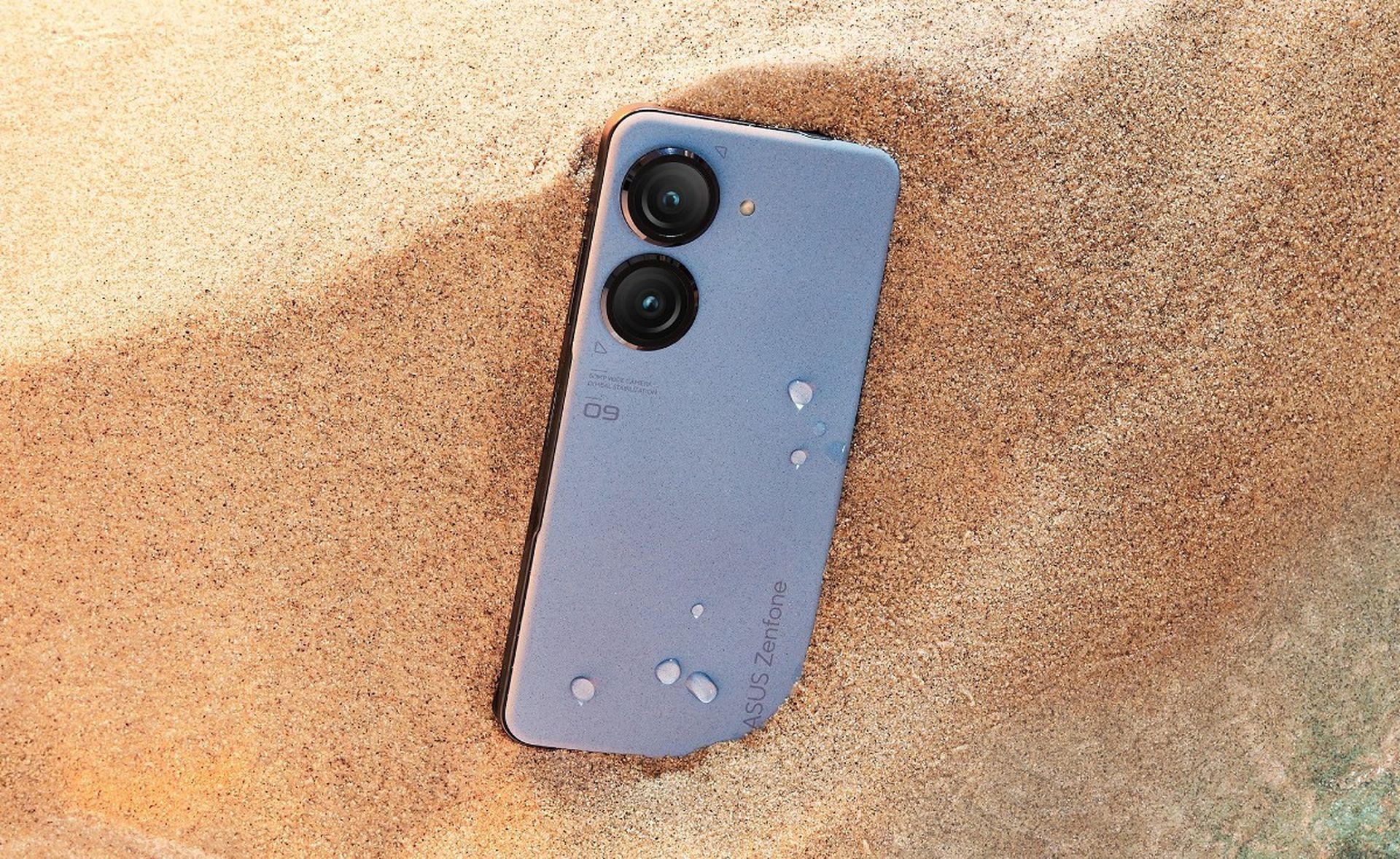
That’s hardly unexpected given that the ZenFone 9 is a flagship smartphone and the Pixel 6a is effectively Google’s mid-ranger. However, they are also intriguing in their own way, so comparing them will be interesting. We’ll begin by stating their characteristics, as is customary, and then compare their designs, screens, performance, battery life, cameras, and audio performance.

ASUS ZenFone 9 vs Google Pixel 6a
| ASUS ZenFone 9 | Google Pixel 6a | |
| Screen size | 5.9-inch FullHD+ Super AMOLED display (60-120Hz refresh rate) | 6.1-inch fullHD+ OLED HDR display (60Hz) |
| Screen resolution | 2400 x 1080 | 2400 x 1080 |
| SoC | Qualcomm Snapdragon 8+ Gen 1 | Google Tensor |
| RAM | 8GB/16GB (LPDDR5) | 6GB (LPDDR5) |
| Storage | 128GB/256GB (UFS 3.1), non-expandable | 128GB (UFS 3.1), non-expandable |
| Rear cameras | 50MP (f/1.9 aperture, 23.8mm wide-angle lens, 1.0um pixel size, gimbal OIS, PDAF) 12MP (f/2.2 aperture, 113-degree FoV, 1.4um pixel size, 14.4mm lens) | 12.2MP (f/1.7 aperture, 27mm lens, 1.4um pixel size, dual pixel PDAF, OIS) 12MP (f/2.2 aperture, 17mm lens, 114-degree FoV, 1.25um pixel size) |
| Front cameras | 12MP (f/2.5 aperture, 1.22um pixel size, 27.5mm lens, dual pixel PDAF) | 8MP (f/2.0 aperture, 24mm lens, 1.12um pixel size) |
| Battery | 4,300mAh, non-removable, 30W wired charging (charger included) | 4,410mAh, non-removable, 18W wired charging (charger not included) |
| Dimensions | 146.5 x 68.1 x 9.1mm | 152.2 x 71.8 x 8.9mm |
| Weight | 169 grams | 178 grams |
| Connectivity | 5G, LTE, NFC, Bluetooth 5.2, Wi-Fi, USB Type-C | 5G, LTE, NFC, Bluetooth 5.2, Wi-Fi, USB Type-C |
| Security | Side-facing fingerprint scanner | In-display fingerprint scanner (optical) |
| OS | Android 12 ZneUI | Android 12 |
| Price | €799 | $449 |
| Buy | ASUS |

Design
Let’s begin with the design, which varies greatly between these two phones. They both feature extremely narrow bezels, with the bottom bezel somewhat thicker than the rest. The bezels are not all the same size. Both phones feature flat panels and punch holes, but in different locations. The ZenFone 9 has one in the top-left corner, whilst the Pixel 6a has one in the middle of the display. Please keep in mind that ASUS’ front-facing camera has a silver ring around it, which is quite distracting. The same was true with the ZenFone 8. It’s not a big problem, but it bears mentioning.
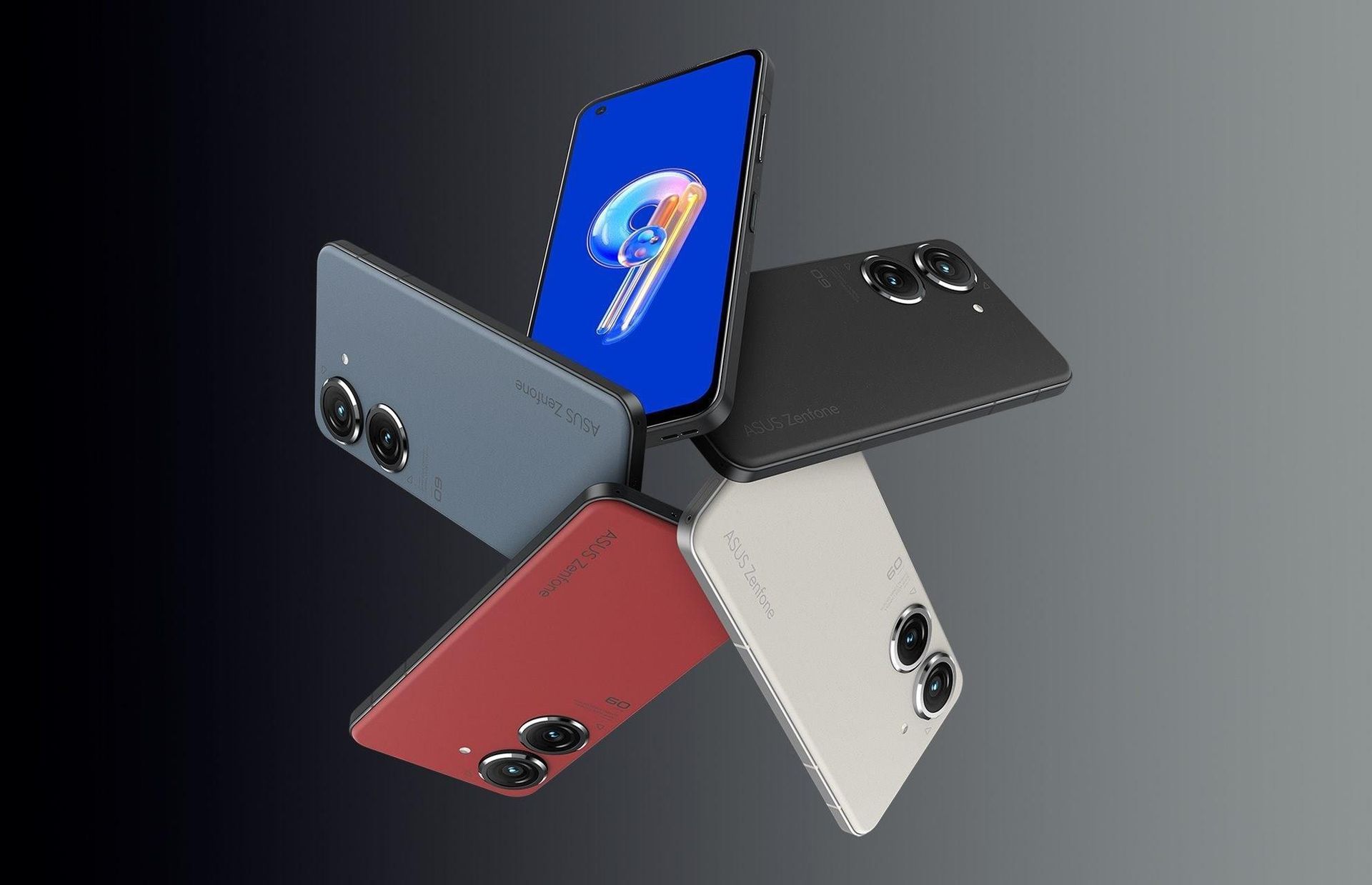
The corners of the ZenFone 9 are more curved than those of the Pixel 6a. The ZenFone 9 is also more secure than the Pixel 6a, owing to its backplate and frame. Its backplate feels nearly like paper, despite the fact that it isn’t. Back then, ASUS utilized polymer. The sides are also flatter than the Pixel 6a, albeit not completely flat. The ZenFone 9 is significantly more comfortable to grip than comparable phones with completely flat displays; it doesn’t bite into your hand or anything. The Pixel 6a feels good in the hand as well, but it’s pretty slippery. It has a polycarbonate back.
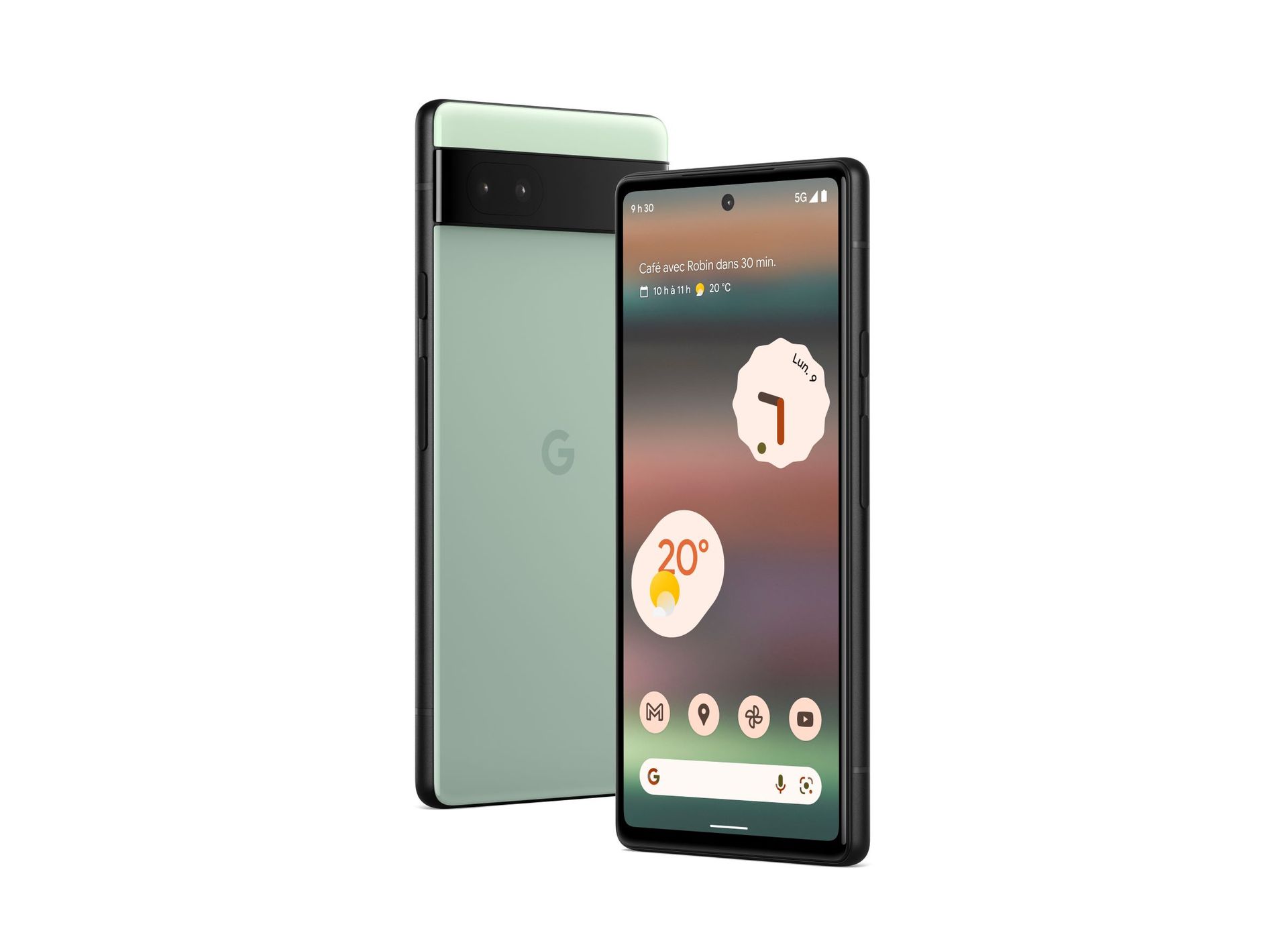
The Pixel 6a is bigger than the ZenFone 9. It is higher, broader, and thinner. It’s also somewhat heavier than ASUS’ flagship model. The ZenFone 9 features two independent camera islands on the rear, but the Pixel 6a has a smaller camera visor identical to the Pixel 6. They not only appear radically different, but they also feel very different in the hand. The ZenFone 9 is smaller, lighter, and easier to hold.
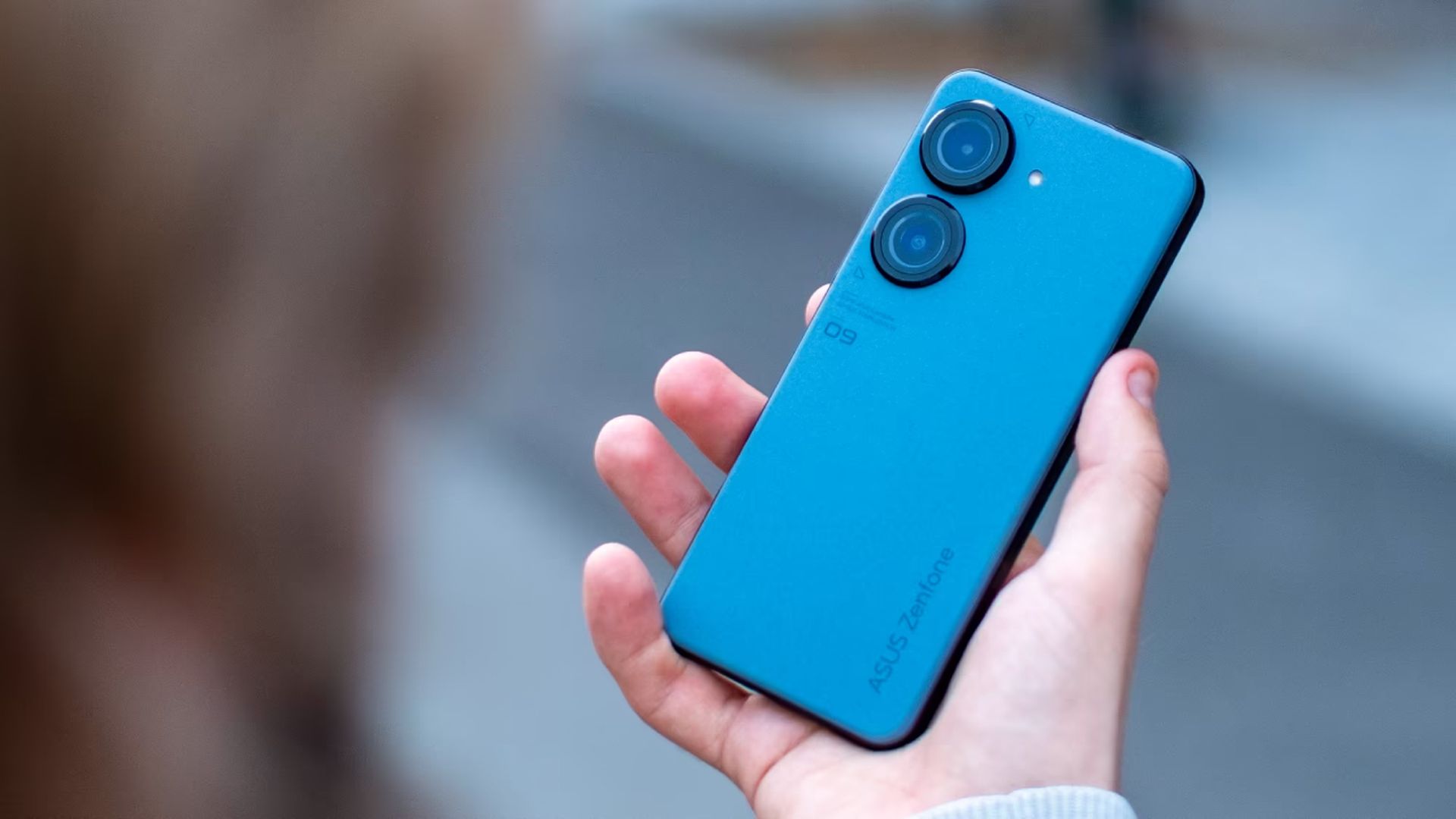
The fingerprint reader on the ZenFone 9 is one of the quickest we’ve ever used. It is housed within a power key, which also features a touch panel on the inside. You may disable notifications or configure it to do something different. It allows for the assignment of additional actions. The Pixel 6a, on the other hand, features an in-display fingerprint scanner that is neither as quick nor as accurate as the ZenFone 9’s.
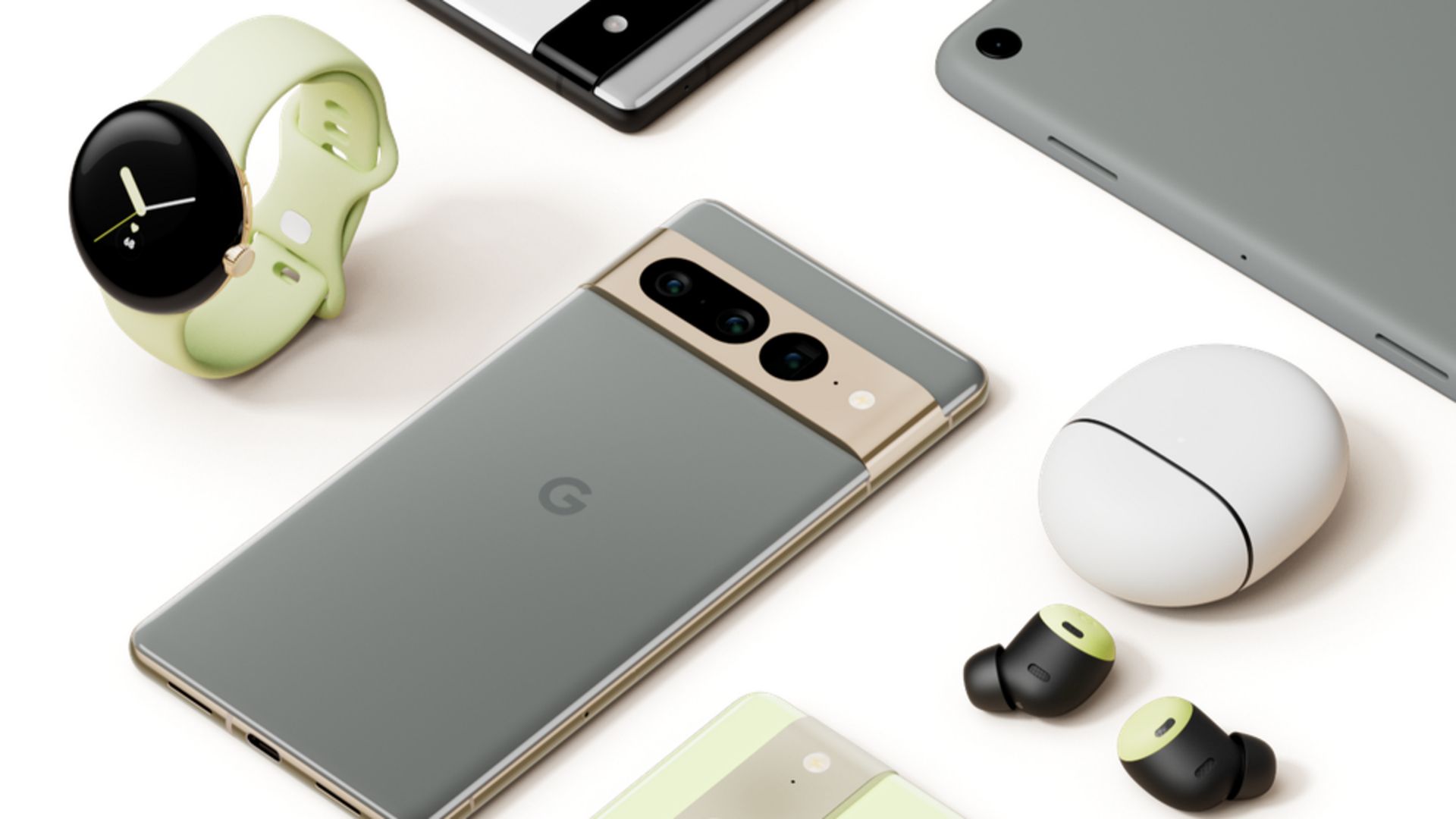
Display
The display of the ASUS ZenFone 9 is a 5.9-inch fullHD+ (2400 x 1080) Super AMOLED. This monitor supports HDR10+ content and has a refresh rate of 120Hz. At 1,100 nits of peak brightness, it is fairly bright (800 nits in manual mode). It is also flat and covered by Gorilla Glass Victus. We’re looking at a 445 ppi panel with a 20:9 aspect ratio.
On the other hand, the Google Pixel 6a has a 6.1-inch fullHD+ (2400 x 1080) OLED display with HDR capability. This panel is likewise flat and is shielded by Gorilla Glass 3. It is, however, a 60Hz panel with a 429 ppi resolution. Given the same resolution, this display has the same aspect ratio as the ZenFone 9, a 20:9 aspect ratio.

That being said, the ZenFone 9’s display seems nicer on paper, and sure, it is better in person. ASUS done an excellent job here. The screen itself is vivid and crisp, and using it is a breeze. Many individuals have difficulty maintaining 120Hz and might feel twitchy, however, this is not the case here. The display on the ZenFone 9 boasts excellent viewing angles and is an excellent screen in general.
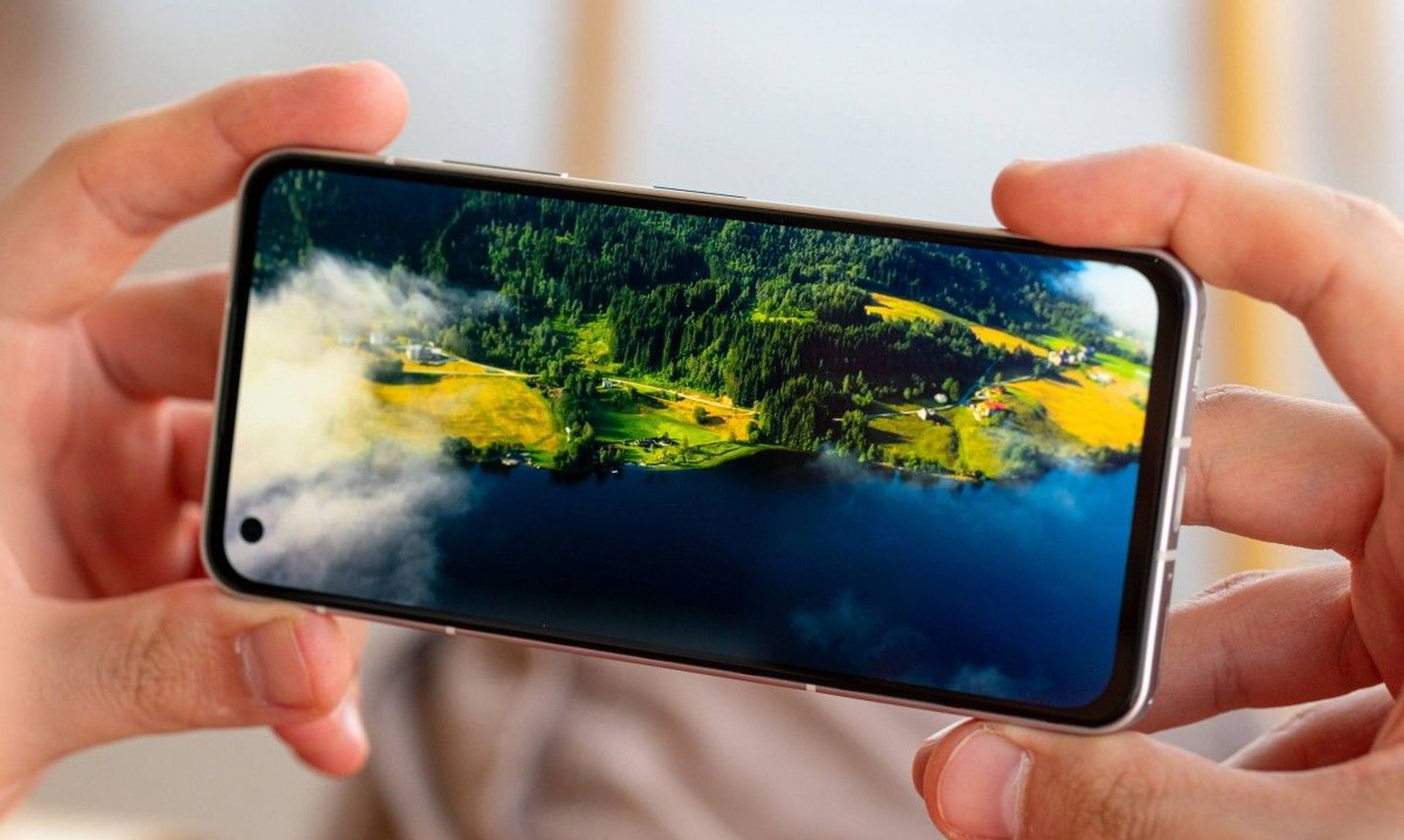
The Pixel 6a’s display is adequate, but it falls short of the ZenFone 9’s. It’s a little warm, and even though it’s flat, you’ll feel a lack of smoothness owing to the 60Hz refresh rate. However, the viewing angles are excellent. Another thing to keep in mind is that the Pixel 6a’s display is more susceptible to microscratches due to the Gorilla Glass 3.
Performance
When it comes to the Pixel 6a’s hardware, Google truly outdid themselves in contrast to its predecessor. This phone has the Google Tensor SoC, which is also included in the Pixel 6 and 6 Pro. It also has 6GB of LPDDR5 RAM and 128GB of UFS 3.1 flash storage. The phone has a really smooth feel to it, and at its pricing point, you’re unlikely to find one that performs as well.
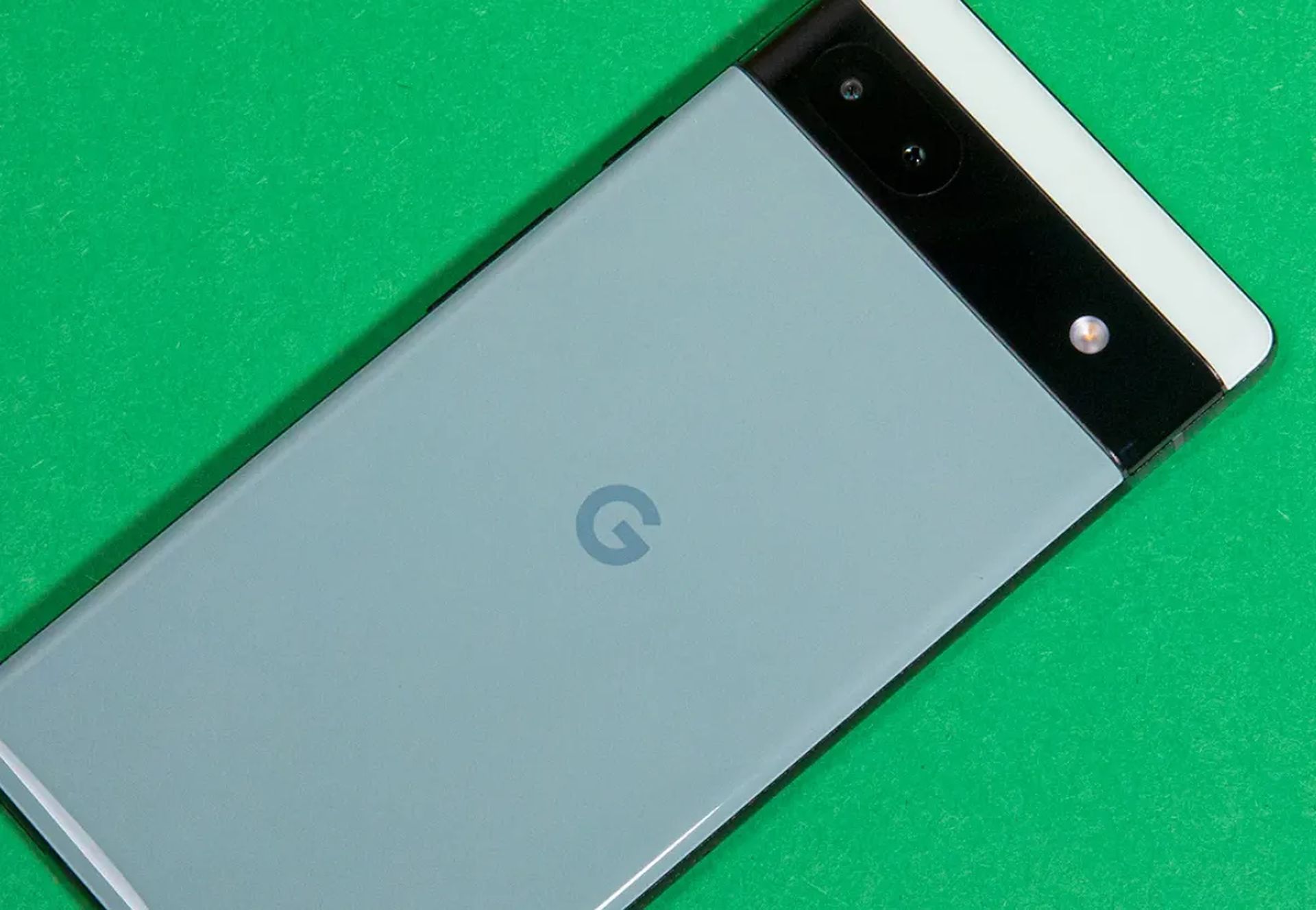
The trouble is that the ZenFone 9 is on the opposite side, and it’s really strong and smooth. This phone is powered by the Snapdragon 8+ Gen 1, and it comes with either 8GB or 16GB of LPDDR5 RAM. ASUS has also added UFS 3.1 flash storage in this model. When using the ZenFone 9, it feels buttery smooth. Everything opens up in a second, and the fluid display just adds to the overall sense of smoothness. Don’t get me wrong: the Pixel 6a performs admirably, but the ZenFone 9’s display makes a noticeable difference in terms of use.
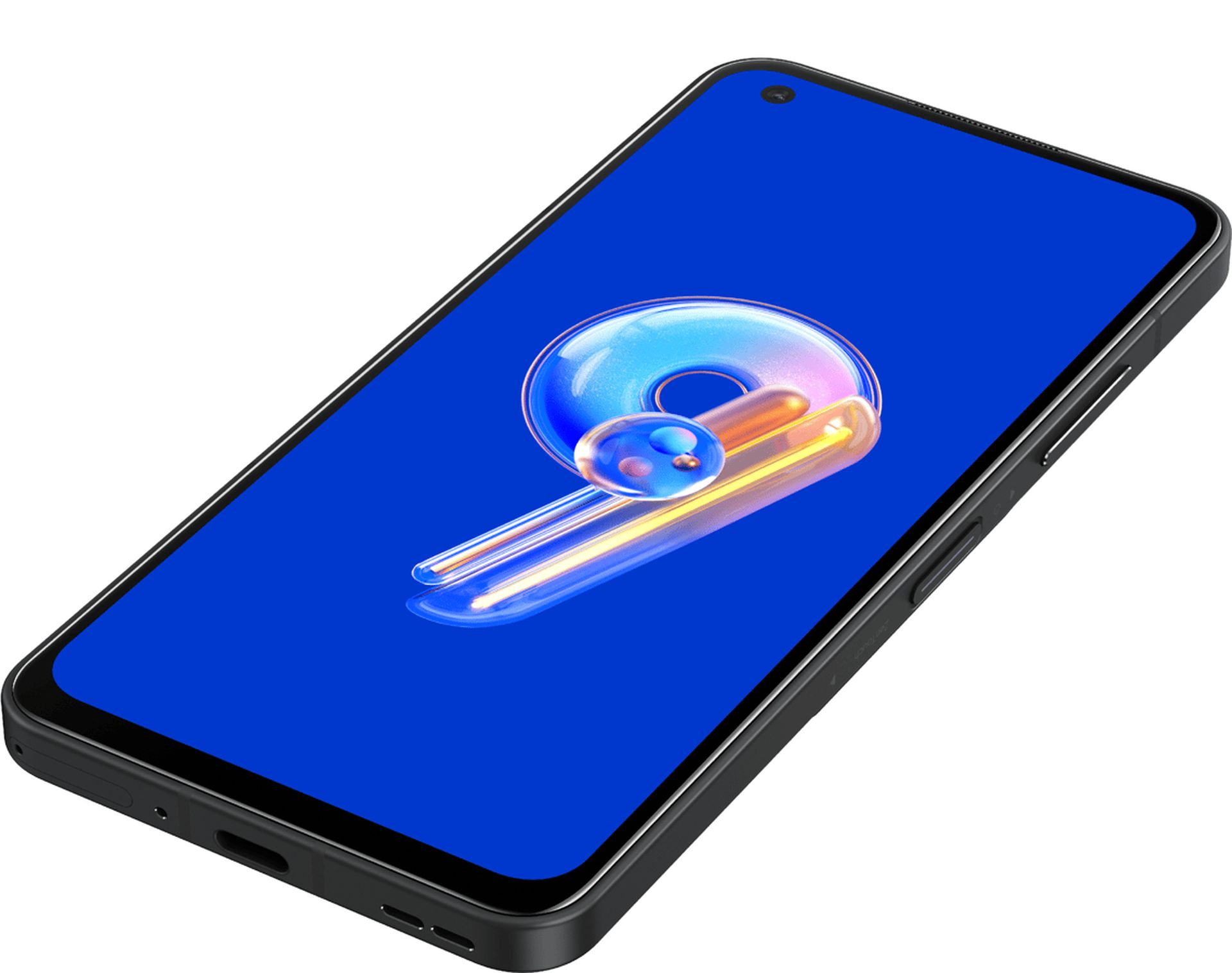
Battery
When you think of small phones, you probably think of bad battery life. That is not the situation here, with any phone, quite the reverse. The ASUS ZenFone 9 comes with a 4,300mAh battery, which is more than plenty for its display size and other features. The Pixel 6a, on the other hand, has a 4,410mAh battery, which is more than adequate considering everything.
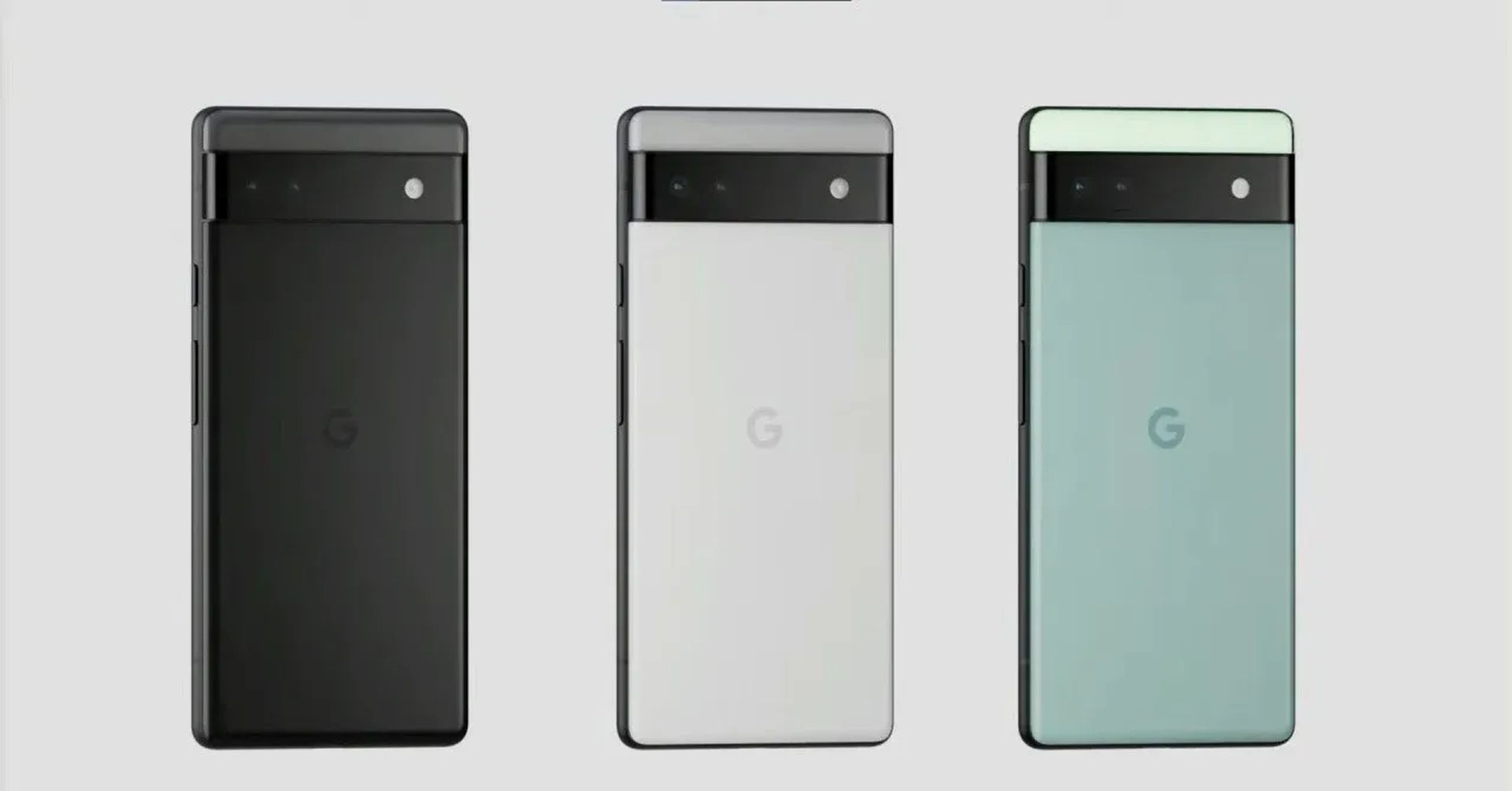
Actually, the battery life on the ZenFone 9 was excellent. When you can go beyond 7 hours of screen usage and still have more than 30% of the battery left, you know the phone has exceptional battery life. The Pixel 6a is not far off from those figures, but it falls short of what the ZenFone 9 has to offer. Nonetheless, it has an excellent battery life. There isn’t much to complain about here; neither phone will leave you hanging.
The ZenFone 9 has 30W fast wired charging, whilst the Pixel 6a has 18W charging. The ZenFone 9 will charge faster, and it comes with a charger, something the Pixel 6a does not have. Neither phone supports wireless charging, nor does it offer reverse (wireless) charging.
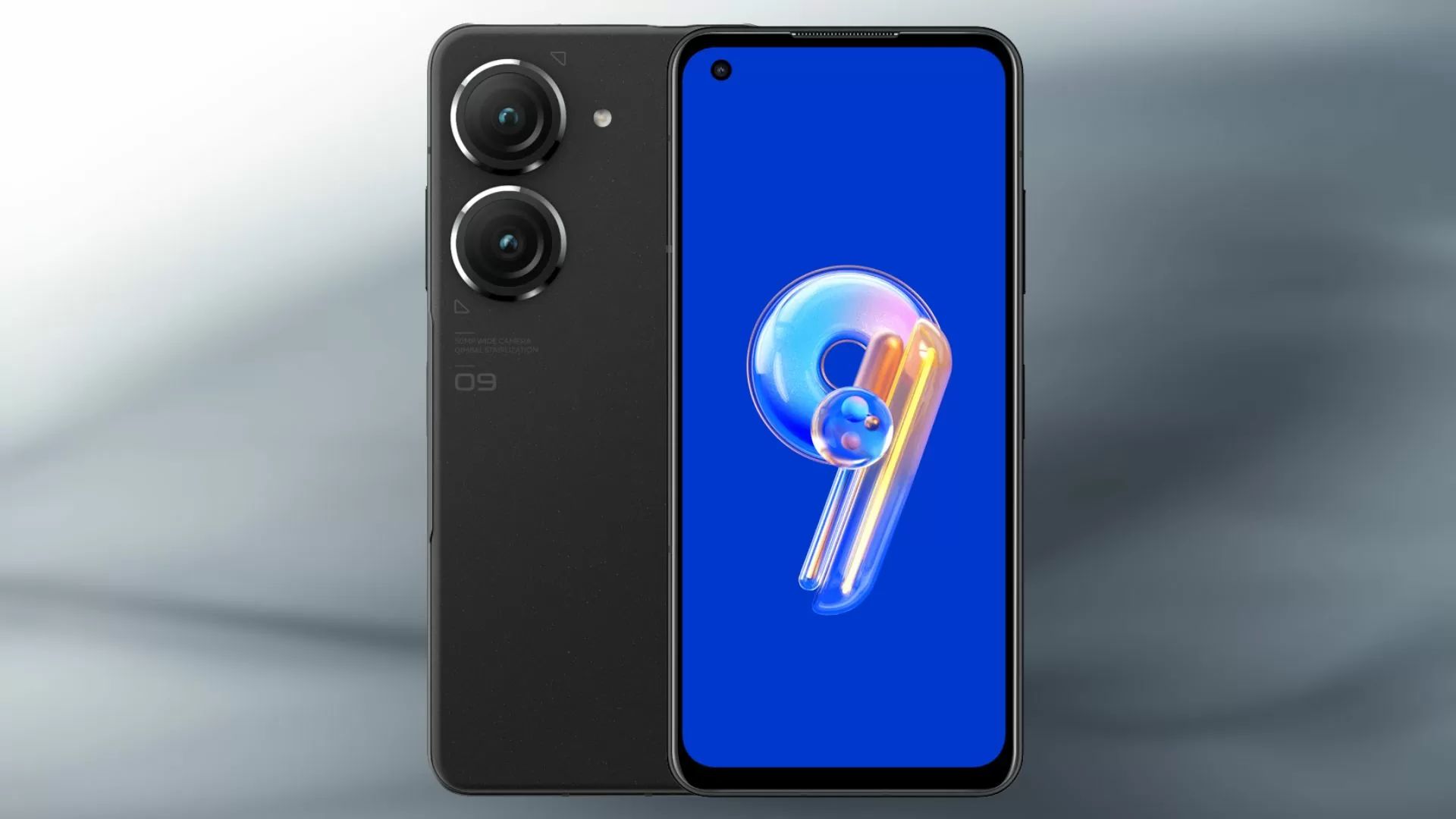
Cameras
The camera hardware on the ZenFone 9 and Pixel 6a is somewhat different, yet both have three cameras. The ZenFone 9 has a 50-megapixel primary camera, a 12-megapixel ultrawide camera on the rear, and a 12-megapixel front-facing camera. In comparison, the Pixel 6a boasts a 12.2-megapixel primary camera, a 12-megapixel ultrawide camera, and an 8-megapixel front-facing camera.
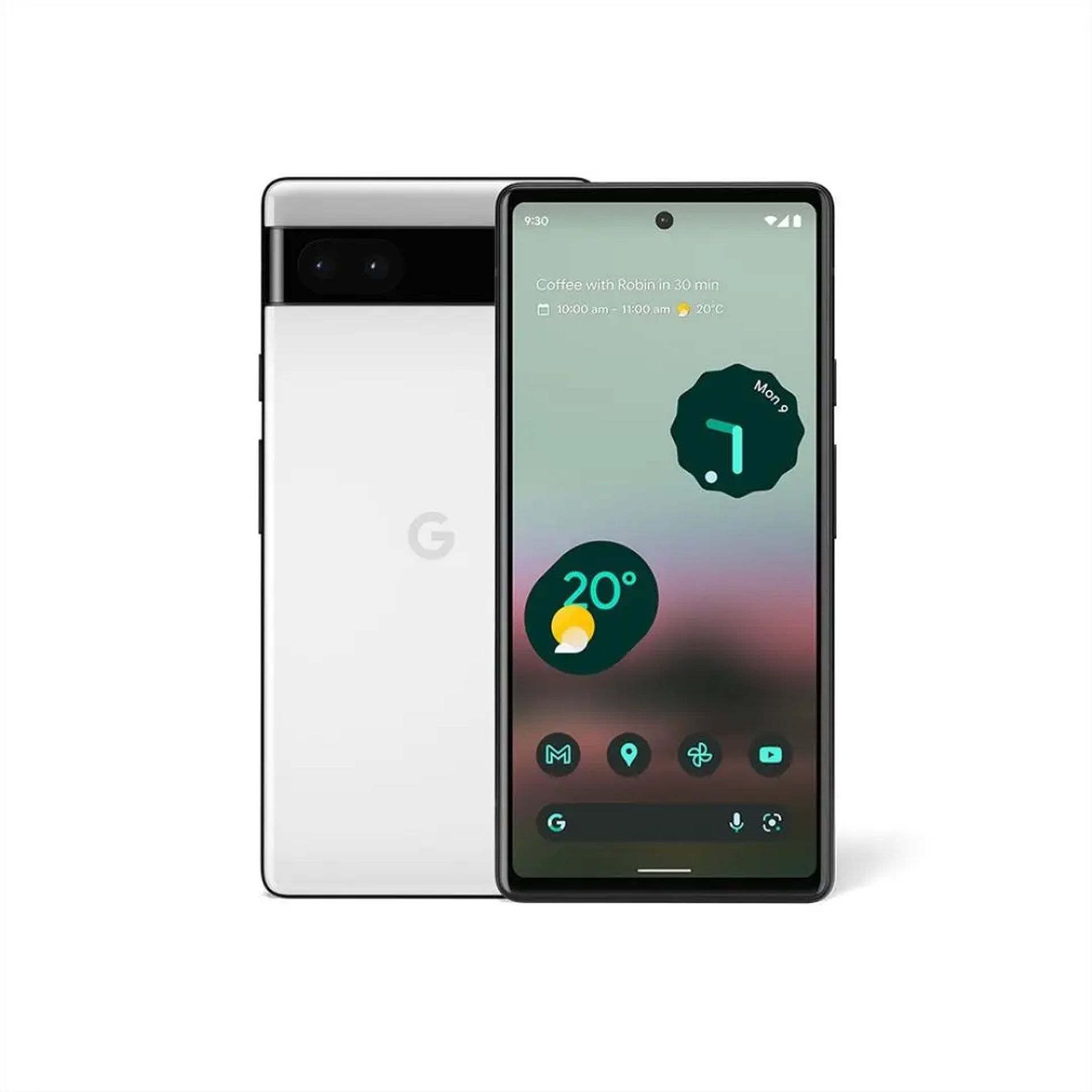
But how good are the cameras here? They are, in fact, correct. The ZenFone 9 has the same primary camera sensor as the ROG Phone 6 and Nothing Phone (1), yet it manages to take better photographs. They are really vibrant and crisp. When it comes to processing, it can go a little crazy, especially in HDR situations, but nothing to worry about. Also, in terms of image aesthetics, including colors and everything, the ultrawide camera is similar to the main camera, which is quite pleasant to see.
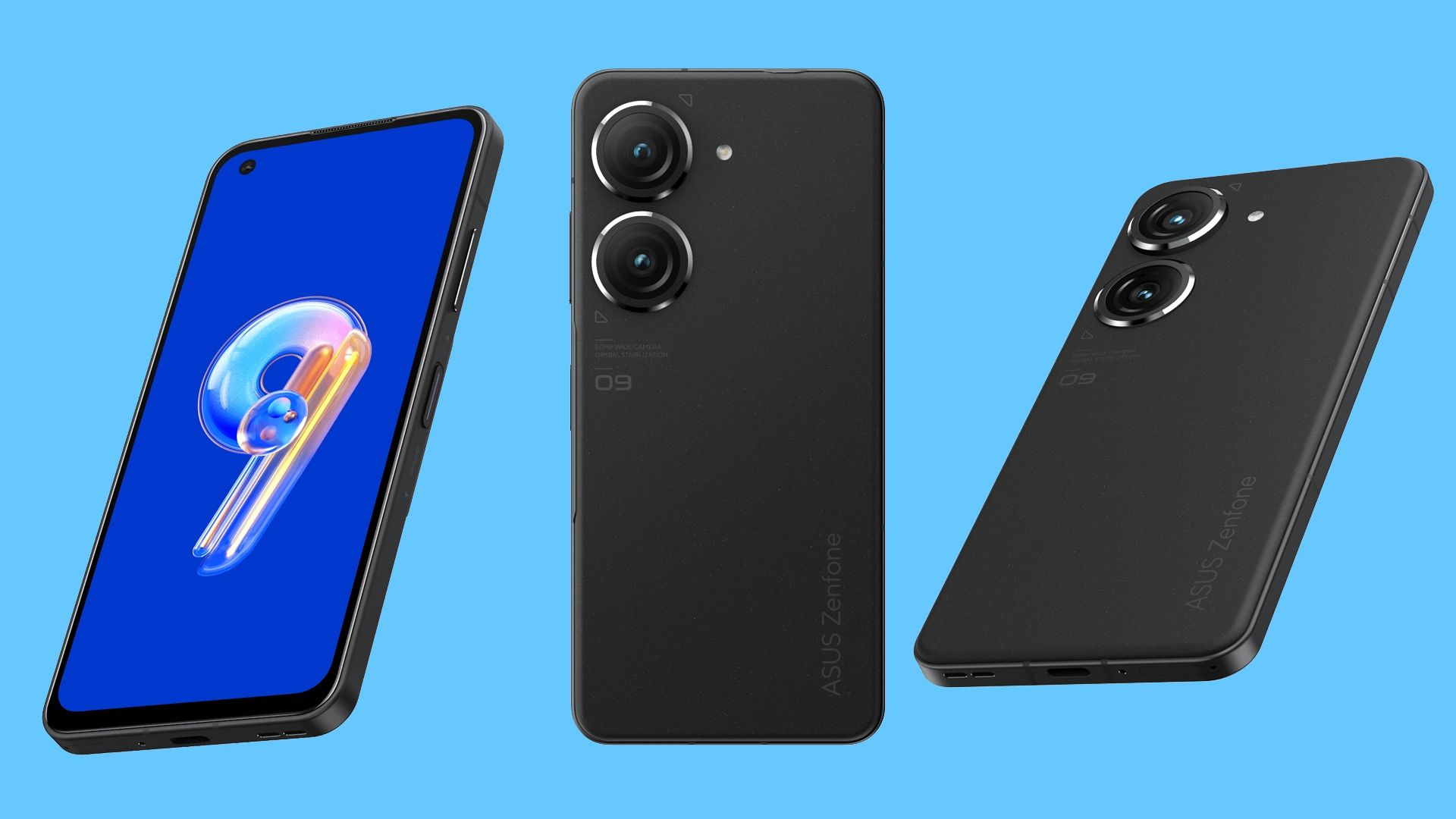
Despite having a very outdated primary camera sensor, the Pixel 6a takes excellent photos. Google’s camera software is unrivaled in the industry, and it shows. The images are vibrant, contrasty, and overall excellent. The phone’s night mode is likewise excellent, although the ZenFone 9 also performs admirably in this area, but with somewhat different night mode designs. ASUS’ appears to be more accurate to what you really see.
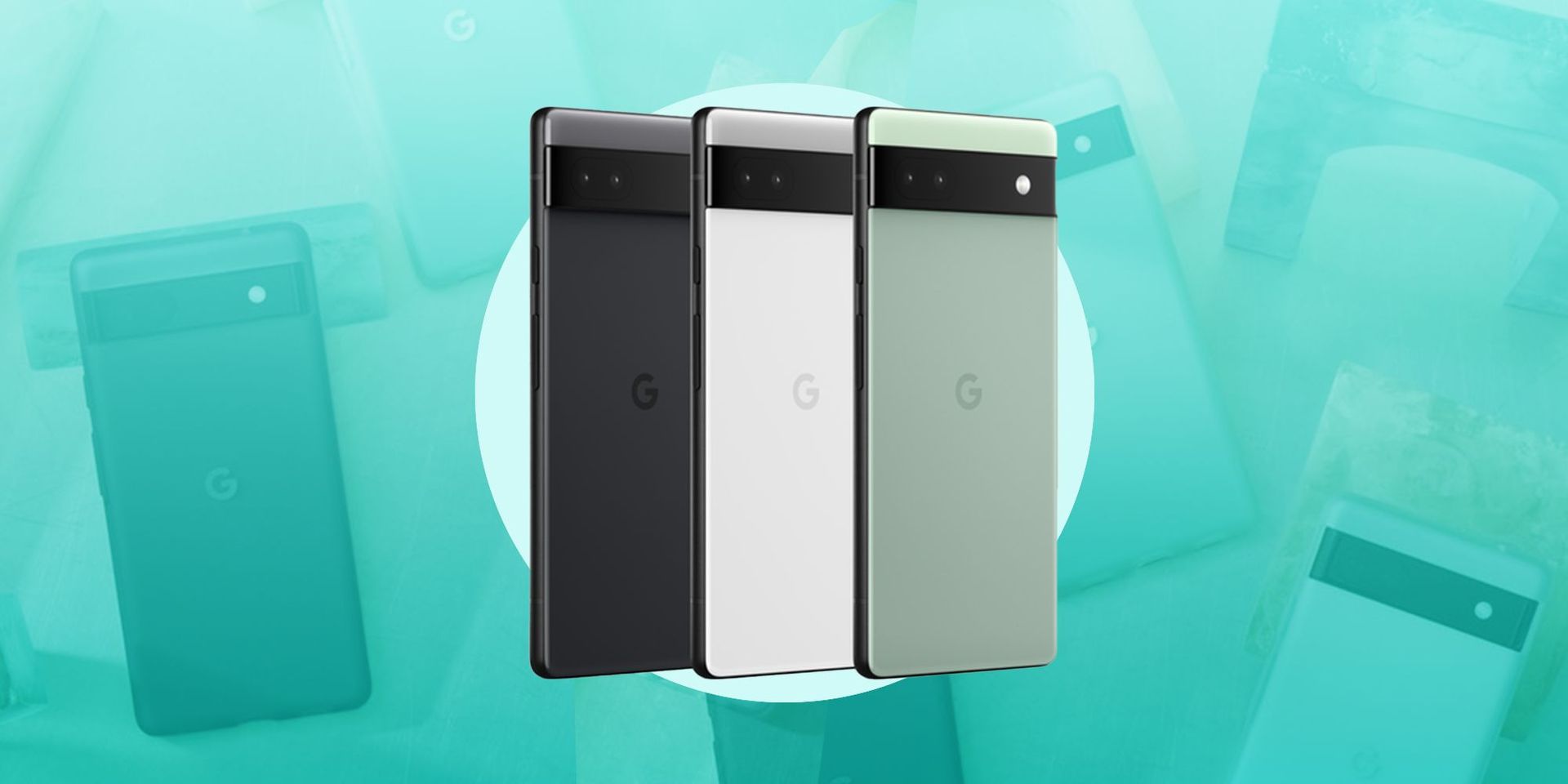
In fact, when it comes to cameras, I’d say the ZenFone 9 is the most similar to Pixels. During the day, it has a similar image profile. It’s not exactly on the same level, but it’s the closest of all the cameras I’ve tested. The cameras on both phones will not let you down. They aren’t the best, but they are really decent.
Audio
The ASUS ZenFone 9 has a headphone jack, although Google removed it from the Pixel 6a after giving it with the Pixel 5a. Both phones have stereo speakers, and they’re both rather nice. To be honest, we liked the sound of the ZenFone 9; the sound is fuller, as though the soundstage is bigger.

But they both do a decent job in that sense. The lows, mids, and highs are all well-balanced, which is crucial. The vocals are not muffled or distorted in any way. We also didn’t detect any significant audio distortion. They aren’t the greatest speakers on the market, but given the size of these two phones, they’re rather adequate.
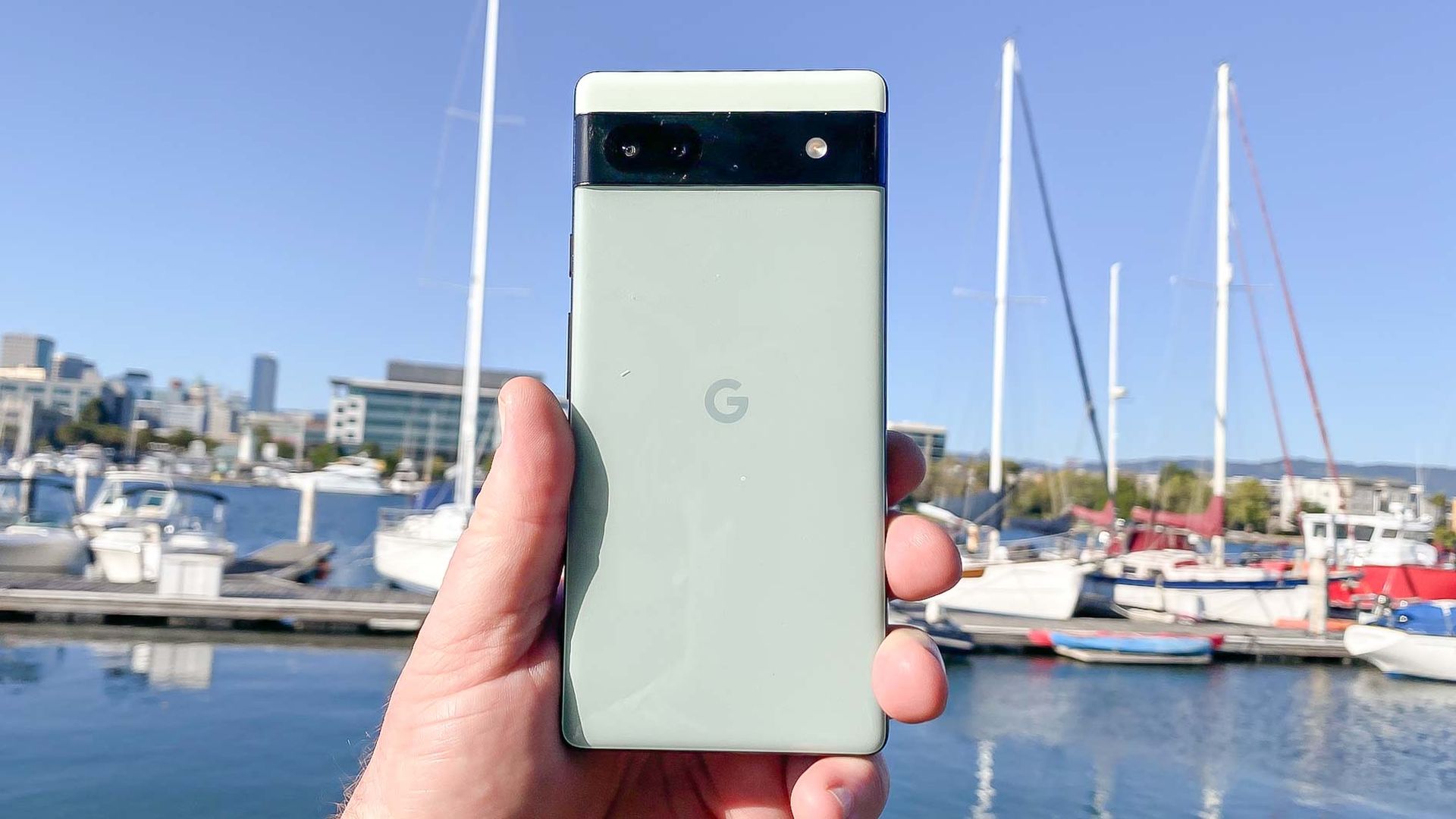
Conclusion
The Pixel 6a boasts an in-display fingerprint reader, but it’s neither as quick nor as accurate as the ZenFone 9’s. The Asus ZenFone 9 comes with a 5.9-inch fullHD+ (2400 x 1080) Super AMOLED display with a refresh rate of 120Hz. The Pixel 6a’s display is adequate, but it falls short of the ZenFone 9’s. The Google Pixel 6a has the same Google Tensor SoC as the Pixel 6 and Pixel 6 Pro. The ZenFone 9 comes with 6GB LPDDR5 RAM and 128GB UFS 3.1 flash storage. The phone feels really fluid, and at its pricing point, you’re unlikely to find one that performs as well.
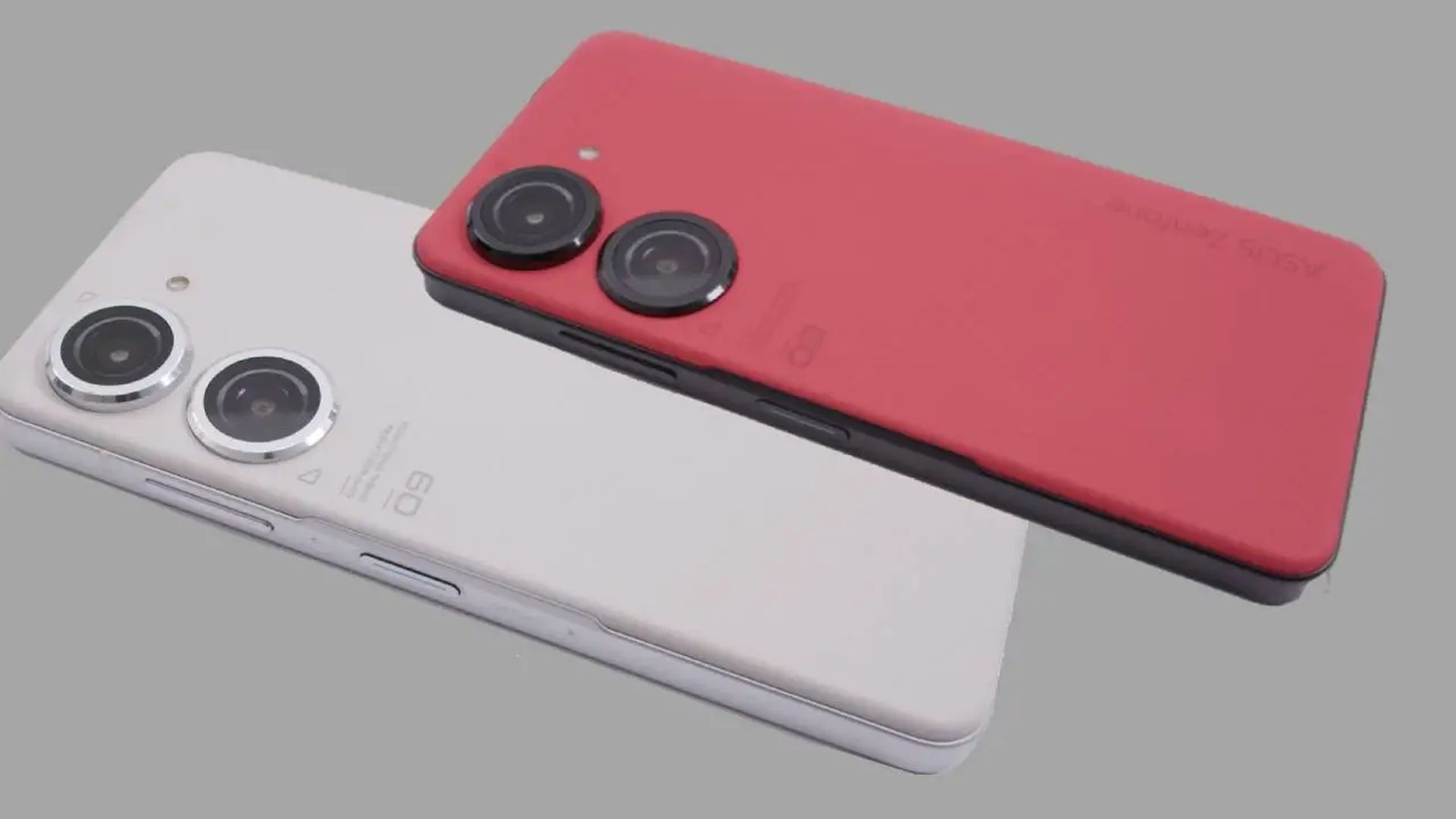
Neither phone supports wireless charging, nor does it offer reverse (wireless) charging. The main camera on the Zenfone 9 is 50 megapixels, with a 12-megapixel ultrawide camera on the back and an 8-megapixel front-facing camera. The Pixel 6a is not far off from those figures, but it falls short of what the ZenFone 9 has to offer. Despite having a very outdated primary camera sensor, the Pixel 6a takes excellent photos.
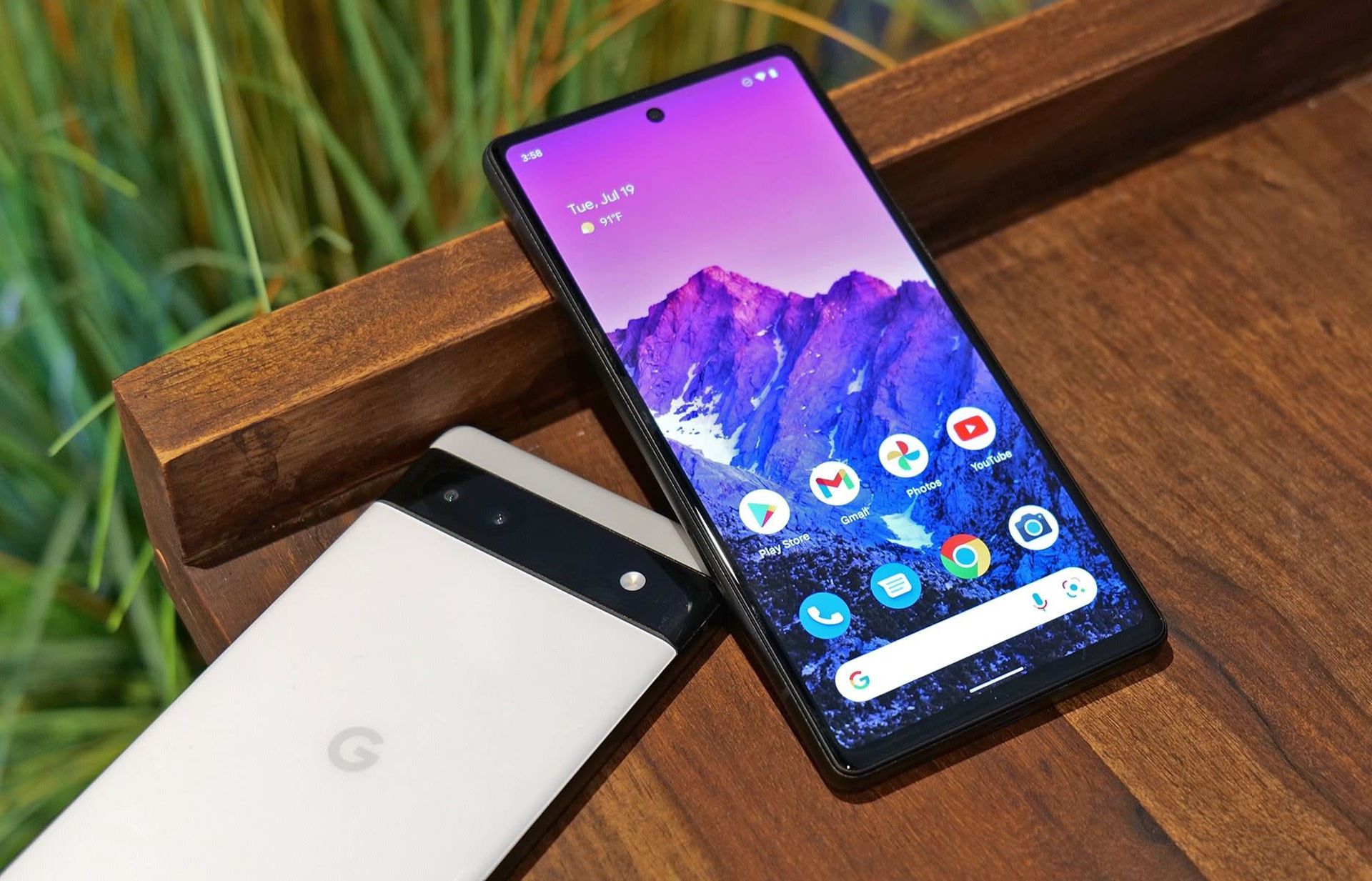
Both phones have stereo speakers, and they’re both rather nice. After supplying it with the Pixel 5a, Google opted to remove the headphone port from the Nexus 6a. The cameras on both phones will not disappoint, even though they are not the greatest on the market. The phone’s night mode is likewise excellent, although the ZenFone 9 also performs admirably in this area, but with somewhat different night mode designs.
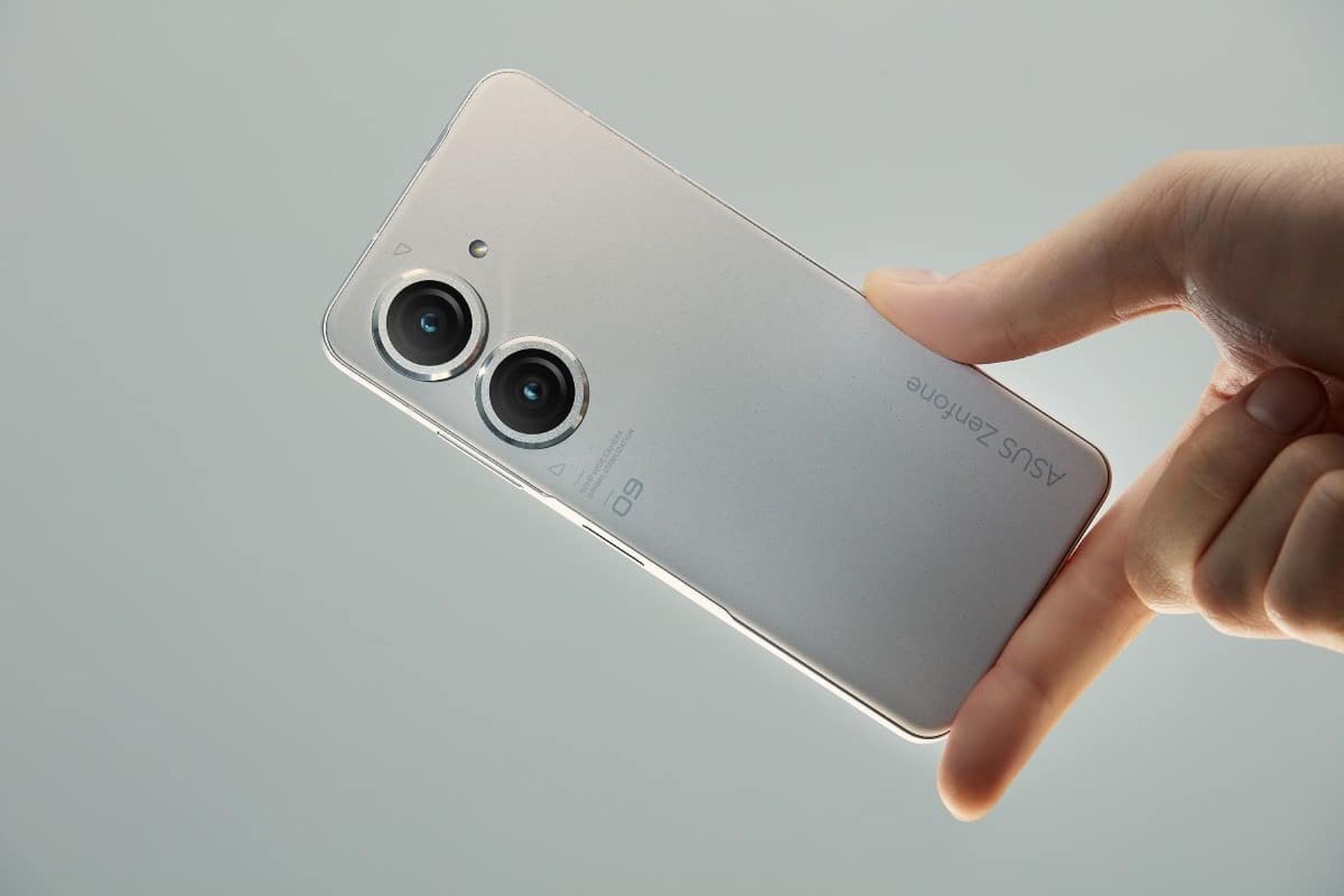
Both phones offer various great features for the price point and both are great options if you are in the market for a new phone. Ultimately, your decision should rely on your personal needs and preferences, but we hope that this article was able to give you an insight into which is better suited for you.
We hope that you enjoyed our ASUS ZenFone 9 vs Google Pixel 6a comparison. If you did, we are sure that you will also enjoy some of our other comparisons, such as Comparison: Samsung Galaxy Z Fold 4 vs Xiaomi Mix Fold 2, or Comparison: Google Pixel 6a vs Apple iPhone SE 2022.




